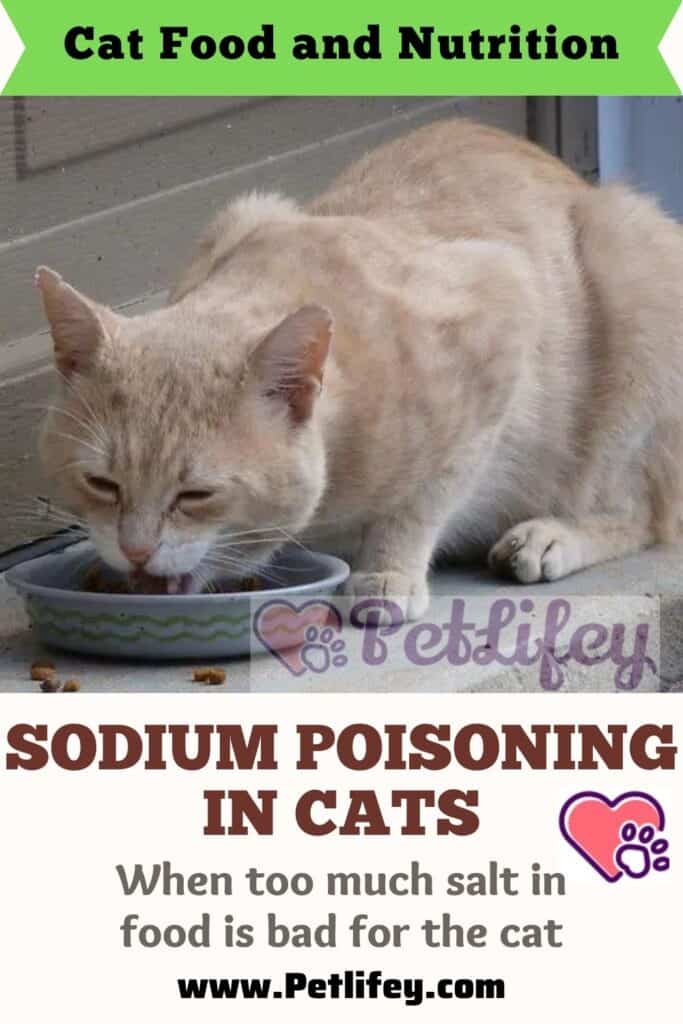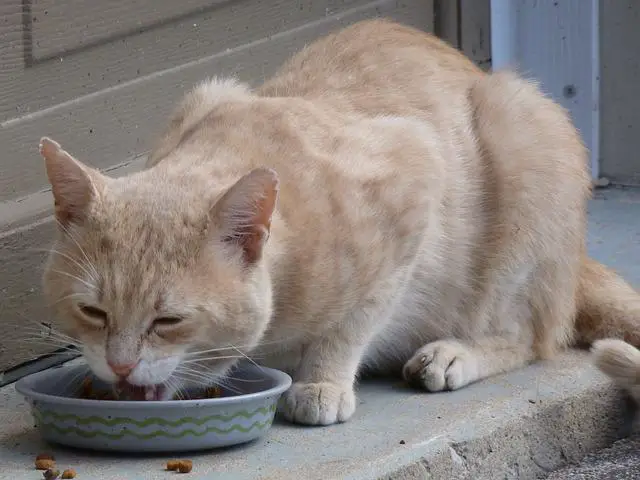
What are the symptoms of sodium poisoning in cats? Should we be careful of the amount of salt in my cat’s food? What you need to know.
If salt is so bad for both dogs and cats, then why do we find it indicated on food packages for our pets? Certainly the reason is there and it is absolutely not to damage them. It’s all a question of quantity: for this reason it is important to know that salt is not always the most suitable remedy on some occasions. It is important to recognize the symptoms of sodium poisoning in cats and to take immediate action before it is too late.
Salt is dangerous – so why is it in cat food?
After knowing that salt is bad for dogs and cats, it will have occurred to us to denounce the food industries that indicate the presence of this seasoning in the kibble and in the feed that we usually offer them!
Don’t worry: no one is making an attempt on the life of our faithful pet feline. When we read the chemical formula NaCI, or the common sodium chloride or table salt, on food labels, it is obvious that there is an explanation: too much salt is bad for our pets but not in the quantity contained in industrial food.
It is no coincidence that ‘ready-made’ food is often recommended by veterinarians as the most complete meal suited to the needs of our pets: in fact, it contains a series of elements, in suitable quantities, which only bring benefits to their health. Even salt can therefore be ingested and absorbed by their body but in minimal quantities.
Sodium poisoning in cats: when the fault lies with us owners
It is obvious that we would never want to damage it or harm it, but we are often the masters who are the cause of our animal’s discomfort, even if driven by the best of intentions. One of the first advice that vets give is to absolutely not use salt in our cat’s home diets: by mistake or unknowingly we could season his baby food because we find it ‘tasteless’ and we would like to make it tastier or we do not realize that a salty seasoning can be really bad for your health.
In some cases it is even we ourselves who make him ingest water and salt to stimulate vomiting: but this ‘remedy’ not only risks not solving the problem, that of freeing his stomach, but can even only contribute to worsening the situation. In fact, if the doses are wrong, the cat could die from sodium poisoning.
Sodium poisoning in cats: causes and symptoms of hypernatremia
In medicine, a high concentration of sodium in the blood is indicated by the name ‘hypernatremia’: it is a consequence of dehydration in the cat, when the quantity of water is less than that of sodium.
The main causes of this high level of sodium in the cat’s blood are:
- insufficient intake of water or other liquids,
- frequent episodes of diarrhea,
- frequent episodes of vomiting,
- when the cat sweats too much,
- administration of diuretics.
Dehydration can also be one of the effects of diabetes mellitus, which ’causes’ felines to urinate often, as well as problems with the kidney and adrenal glands. Among the most evident symptoms we can find:
- excessive thirst (so the cat drinks a lot or asks for a lot of water),
- muscle spasms,
- state of confusion,
- convulsions,
- comatose state,
- death.
These same brain damage can in turn lead to internal bleeding and bruising. In short, dehydration is not a problem to be taken lightly, on the contrary it must be faced in the shortest possible time and relying on the hands of an expert.
Sodium poisoning in cats: diagnosis and treatment

If we have found the symptoms mentioned above in our cat and we have some suspicion of ingesting an excessive amount of salt, we can confirm our doubts only through blood tests. From the resulting values we could understand whether or not there is a high concentration of sodium in the feline’s blood.
Other tests useful to the veterinarian to formulate a diagnosis can be: urine tests (measurement of volume and concentration) but also more specific tests, such as that of ‘water deprivation‘. This is a test to identify central diabetes insipidus by measuring blood electrolyte levels and weight for 12 hours, without taking in fluids.
If the diagnosis is therefore that of sodium poisoning, the treatment is the same as that used for hypernatremia: that is, trying to restore sodium levels and bringing them back to normal values by administering liquids (with a basic amount of sodium) by route intravenous. This must happen gradually, as a sudden and copious intake of it could cause permanent brain damage (such as osmotic imbalances and nerve cell edema).






